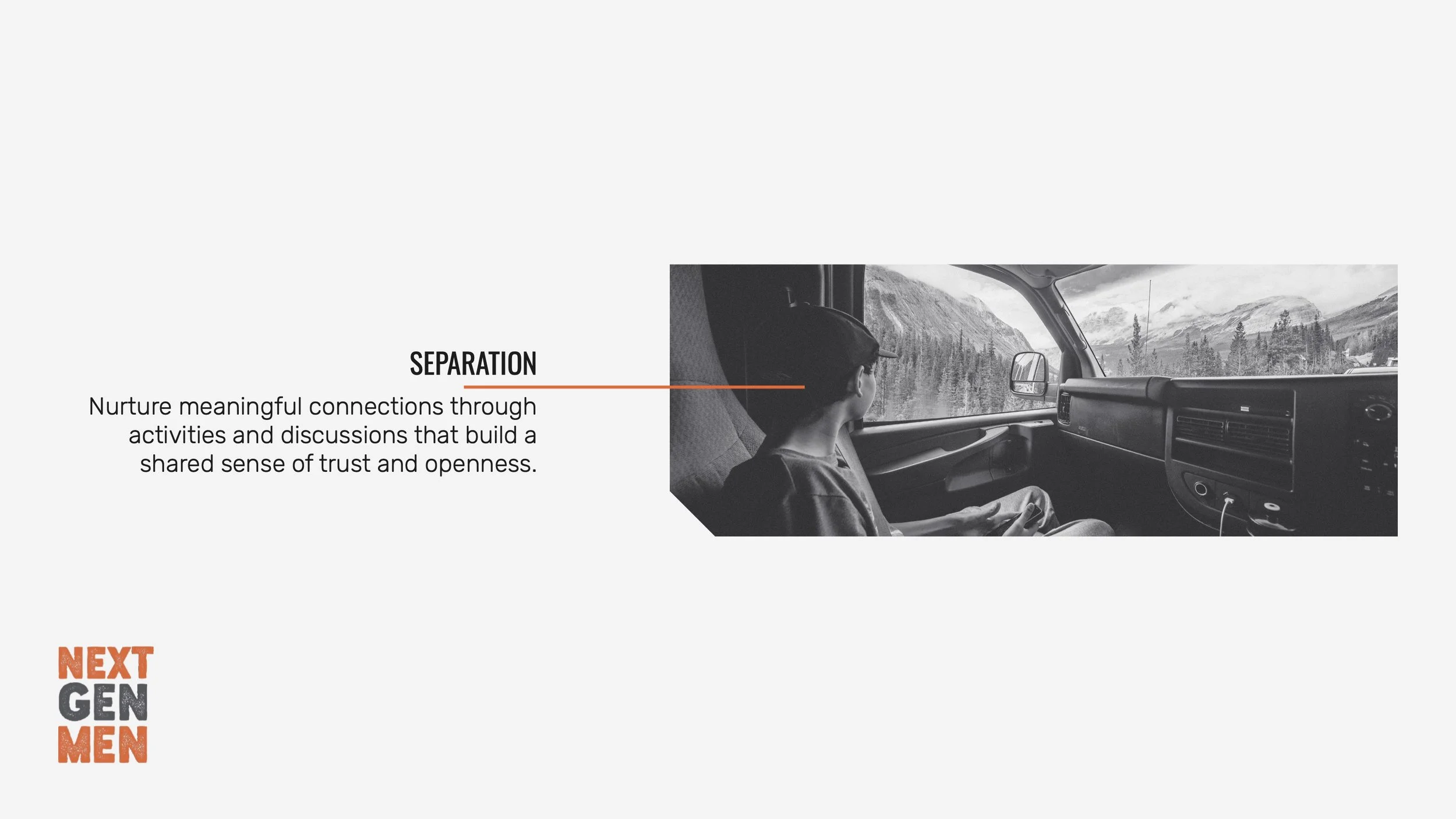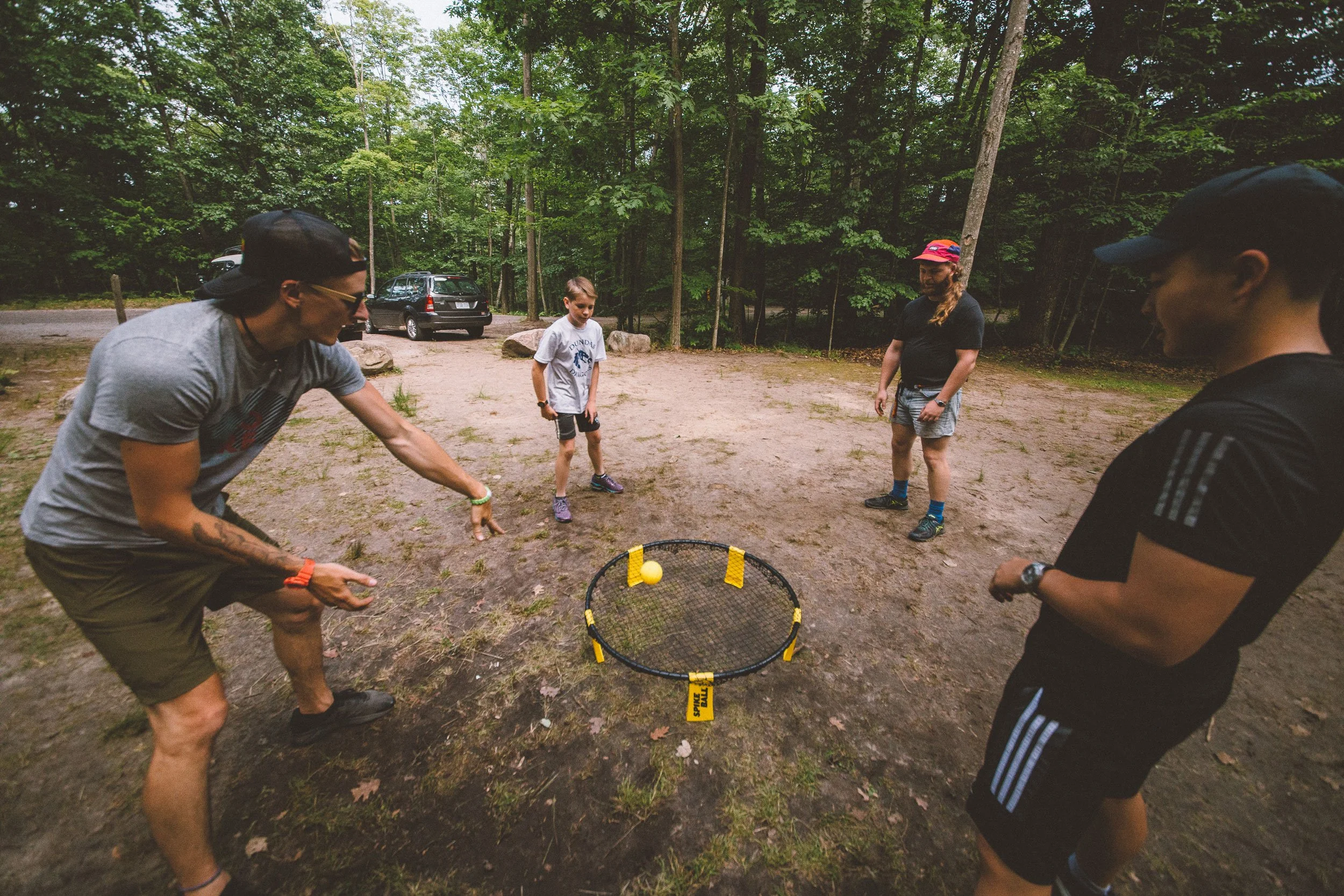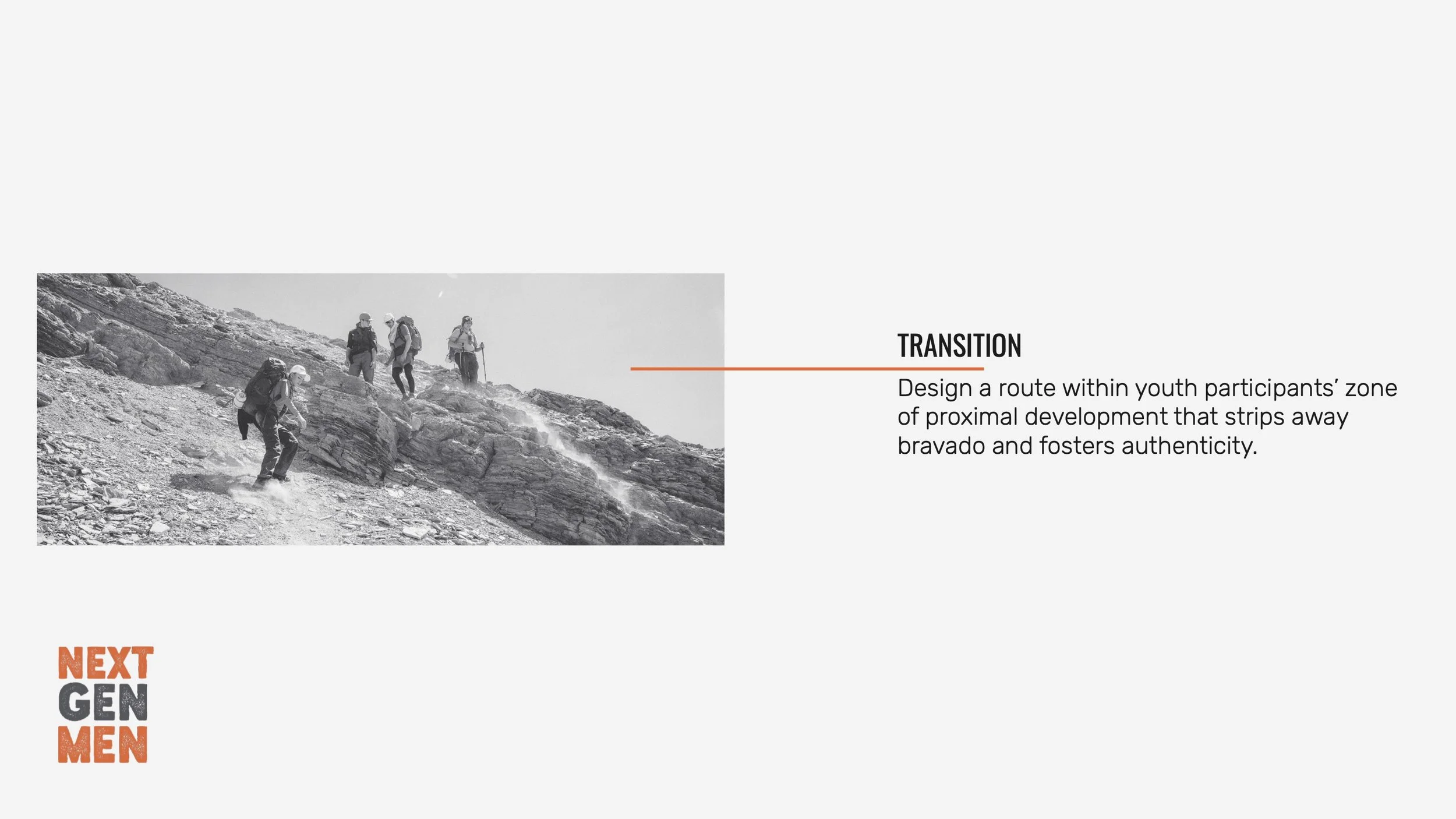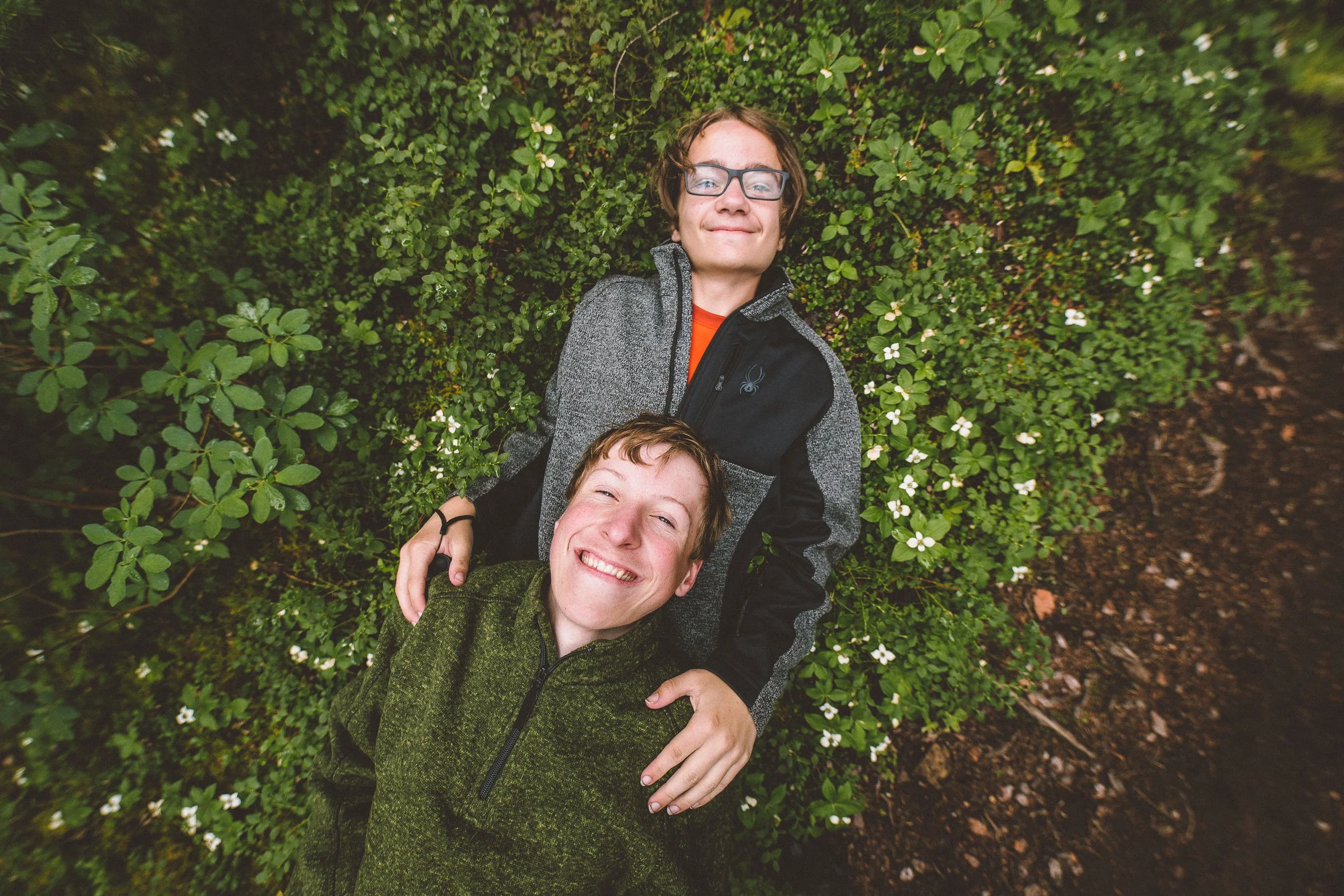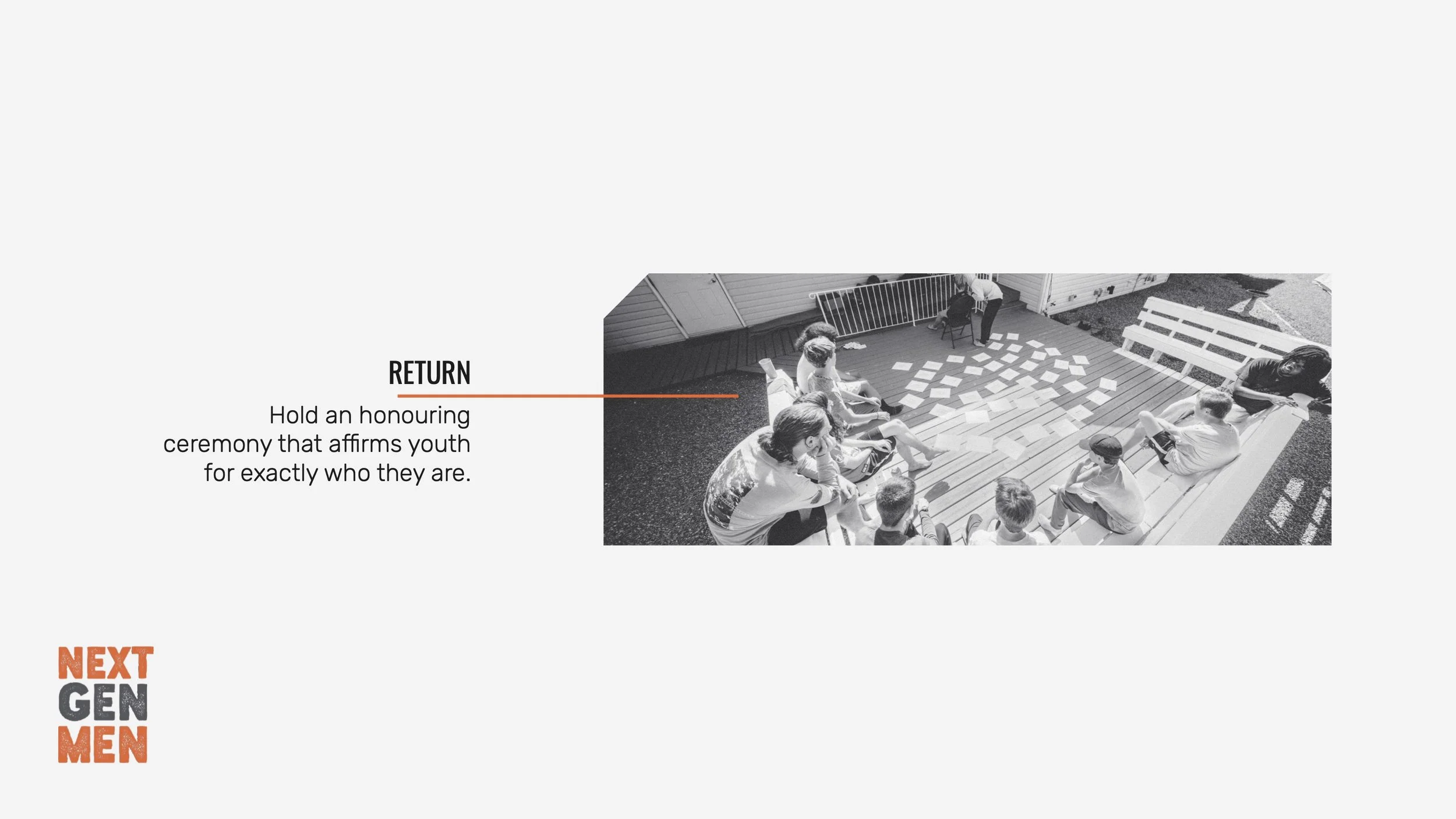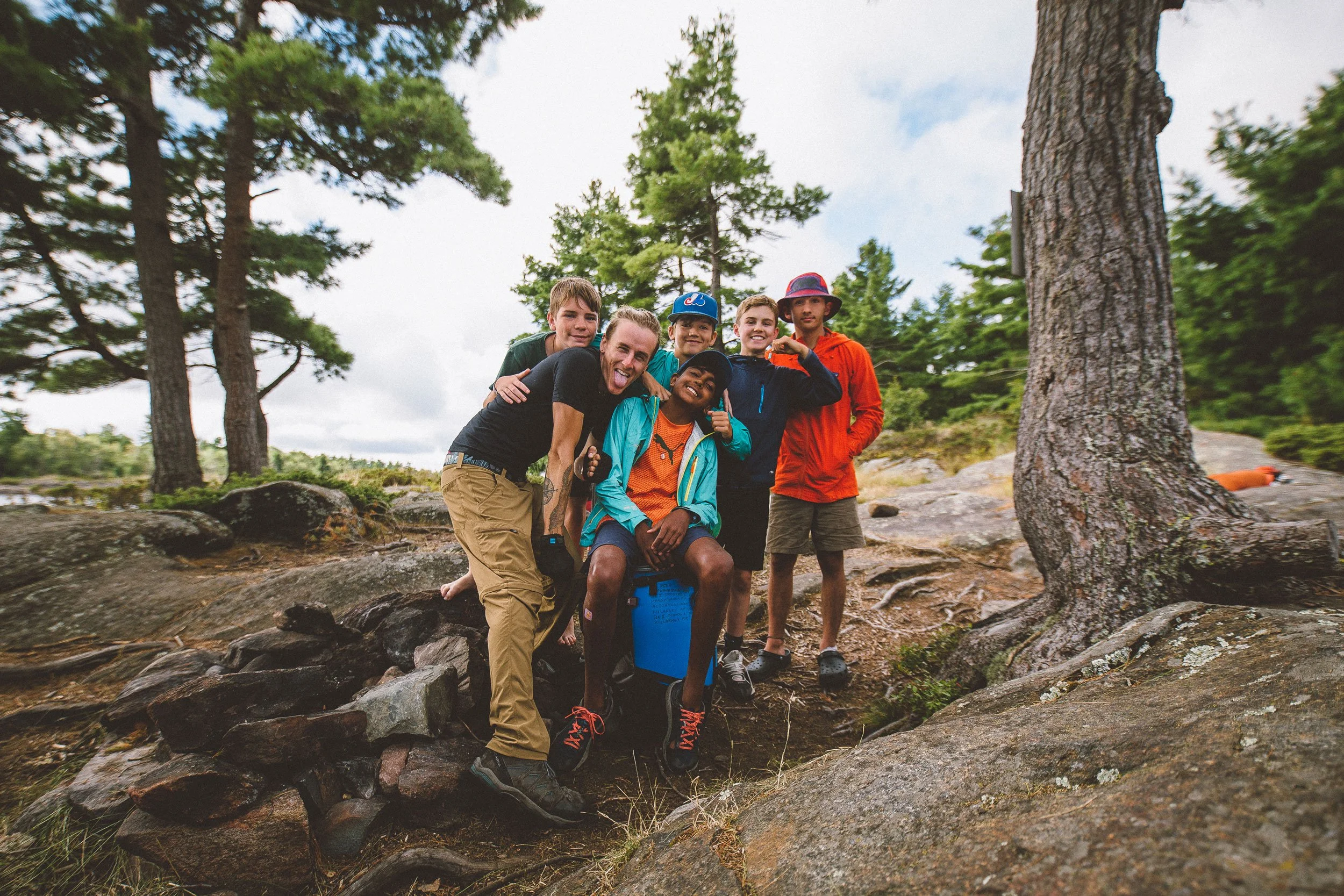How Rites of Passage Nurture Positive Masculinity Within Boys
Rite of Passage Expedition trip to Crooked Lake, ON
When does a boy become a man?
For me, it was a year I spent studying abroad in France and backpacking around Europe. I was 18 years old. I applied and set up a French bank account and organized a student visa. I found a group of close friends and hitchhiked every weekend. I slept in a cave on the Amalfi Coast and saw the northern lights in the Arctic Circle and held an overnight vigil with a monk in the Vatican.
I learned a thousand things that year. More than anything, though, I discovered a new level of capability within myself—and I realized I wasn’t alone.
I didn’t think about it at the time, but in many ways, that year abroad was my rite of passage into manhood.
The way we think about rites of passage today goes back to Arnold van Gennep, a French ethnographer from the late 19th century who studied ceremonies and social transitions in different cultures. He outlined three distinct stages that define a rite of passage: separation, transition, and return.
As Next Gen Men has developed the Rite of Passage Expeditions program, I’ve watched those stages unfold in unique and impactful ways.
The foundation of a rite of passage for boys is meaningful peer relationships.
The stage of separation is about getting away from everything that is familiar in order for something new to take shape. Young people are growing and changing all the time, but boys’ identities can become relatively static in their everyday lives, held in place by the pressures of schoolwork or the distractions of entertainment media or the perceptions of their peers.
When they get away from all that, boys come face to face with themselves.
Importantly, however, they don’t go through it alone. Despite the enduring myth that manhood means being capable of handling any challenge on your own, we know that the only way to withstand real adversity in life is through the subtle strength of interdependence.
So at the same time as separating the youth within our trips from their everyday context, we’re also carefully connecting them with each other. We’re building a sense of belonging and trust, knowing that the journey we’re about to undertake is both individual and collective.
“The first few days saw our relationships lengthen and deepen like late-afternoon shadows,” I wrote in one of my past trip reflections. “We built teamwork shouldering our packs across sun-streaked portages, and found friendship playing cards surrounded by the hum of twilight mosquitos. The further we travelled from the complexity of our everyday lives, the closer we got to the task of simply being together.”
“Togetherness is more than just the happenstance of being in the same place at the same time. Togetherness is an intention.”
True growth always happens within an authentic challenge.
According to van Gennep, the structure of a rite of passage revolves around a period of transition. This stage is shaped by the sharing of stories, lessons and cultural values that guide boys towards a new understanding of themselves and their community. They’re given opportunities to reflect on who they’ve been and who they’re becoming—and perhaps most importantly, a chance to undertake a challenge they’ve never faced before.
Each year, the youth on our trips band together to face that challenge, whether it’s an unrelenting thunderstorm or a formidable mountain pass or the smoke of a wildfire on the horizon.
It’s not that it’s unsafe—my colleague Stephanie and I are exceptionally capable trip leaders—it’s that it’s new.
And when they come through the other side, they inevitably become something more than they were before. They have a new sense of capability. New stories. New relationships and responsibilities, and a new sense of themselves as boys becoming men.
One year, while the temperature hovered around zero in a cold rain, two boys on our trip ended up choosing to sleep in the same sleeping bag together. “In an ideal world,” I wrote in my trip reflection, “they would have been warm enough and dry enough to make it through the trip without struggling. Looking back, I’m not glad they were cold that night. But at the same time, what I heard in that story was two boys facing the unyielding indifference of the world when it was hard, and learning firsthand that they were not alone.”
“In challenging the status quo of what it means to be a man, these two boys demonstrated to themselves and to their community that they not only belong to a culture that values compassion and trust—they are leaders of it.
That’s what a rite of passage is all about.”
Boys’ transition towards manhood is defined by how they’re recognized by others.
The final stage of a rite of passage is the return. This stage is about more than just heading back home—it’s about taking the time to celebrate and affirm each young person for what they’ve accomplished and how they’ve grown. It’s about letting them truly be seen by their community in a different way.
The centrepiece of this period is the honouring ceremony.
We design the honouring ceremony in a slightly different way for each trip, but some things remain the same. We always imbue the space and the tradition with a sense of reverence. The youth all get a chance to give and receive affirmation. We always take all the time that we need.
Imagine it: a group of young people sitting in the warm glow of twilight, speaking and listening from the heart. I’m grateful for you. I’m proud of you. I see you.
It’s always life-changing.
“Real growth, the kind of growth that changes you from a boy to a man, doesn’t happen in isolation from others—it happens primarily through and within our relationships with those who know us best. The question, then, is less about when you become a man, but with whom you become a man.”
At a recent event, a parent asked me for good news stories. “We’re all familiar with the bad news,” she said. “It was #MeToo and then Hockey Canada, then Andrew Tate and now Donald Trump. Where do you see hope in your work?”
A fellow panelist empathized with her. “It’s hard when there are so few role models for positive masculinity.”
“I’m lucky,” I responded. “I don’t have to look any further than the boys I work with every day. My role model for going to the gym with both a competitive spirit and a positive attitude, that’s 15-year-old Mason. My role model for looking out for others with both determination and compassion is 16-year-old Gabriel.”
Everything we do at Next Gen Men is driven by hope—and we get that from boys every day.
That being said, the reason we designed the Rite of Passage Expeditions Project—and the reason I wrote this blog post sharing some of what we’ve learned—is because none of this happens by accident. It takes careful, thoughtful intention to design structures within which boys can grow into their best selves.
One program isn’t going to change the world. A generation of male leaders who resilient and compassionate, courageous and connected, though?
I guess we’ll find out.






